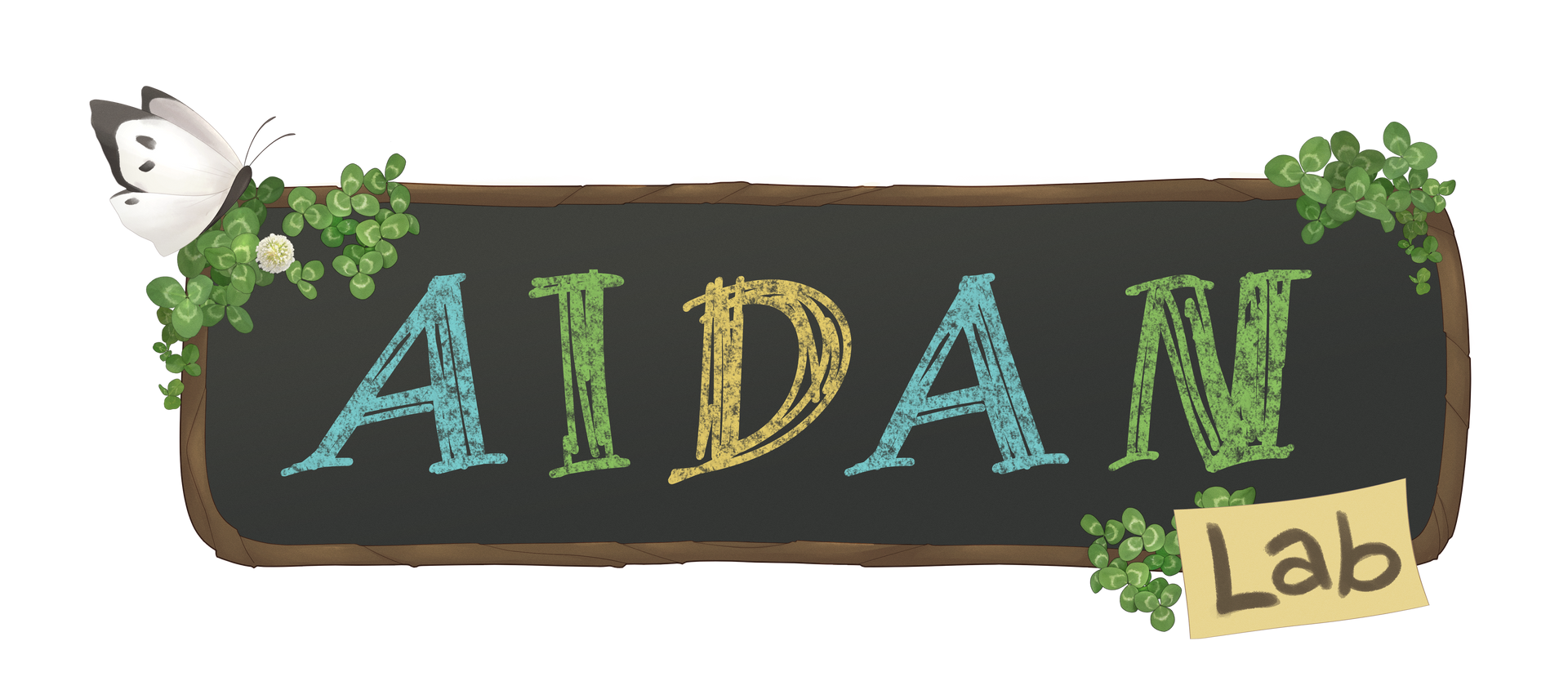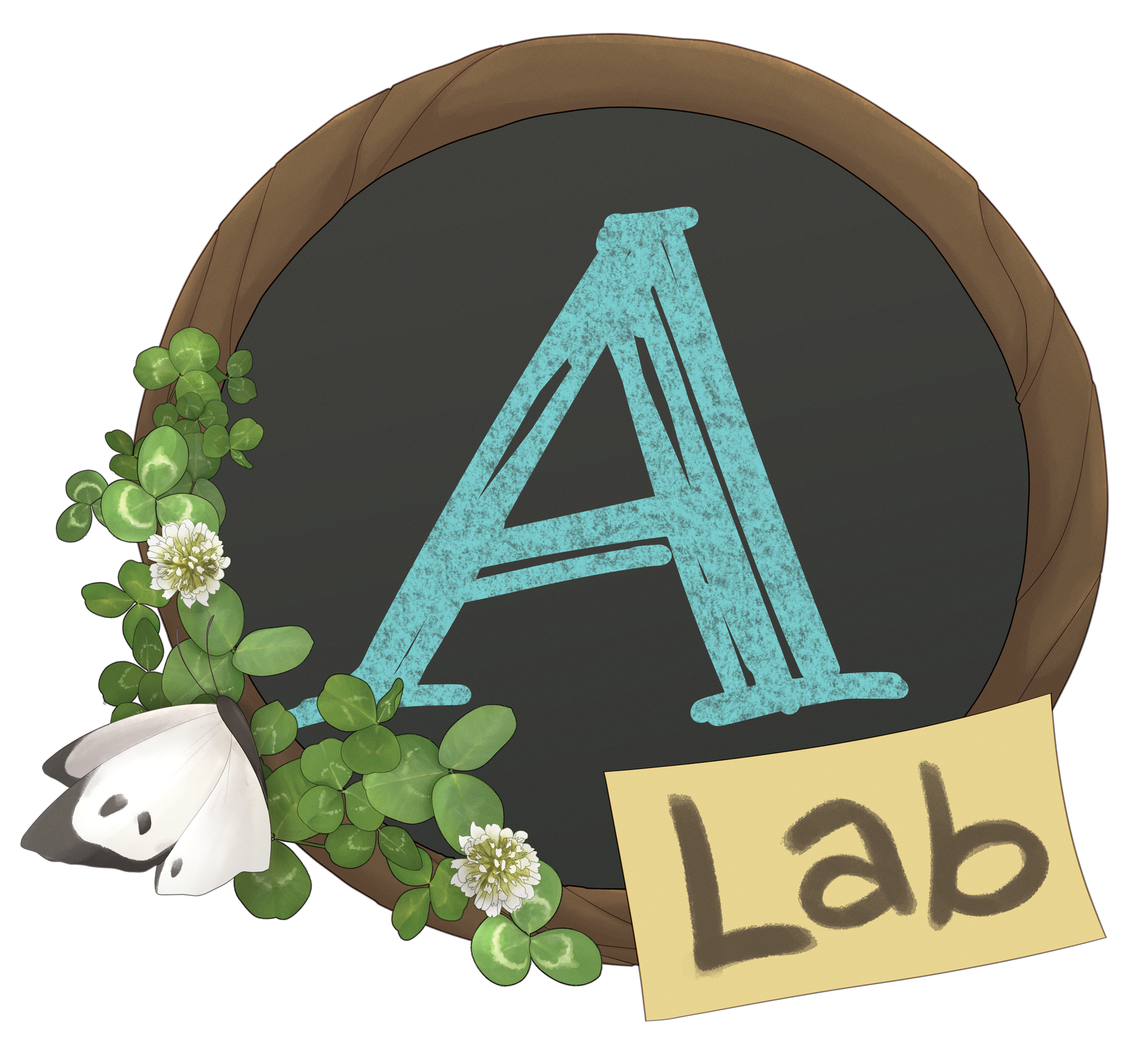Learning Differently

What are Learning Disabilities?
In this chapter, Thomas Armstrong discusses the remarkable achievements of students with learning disabilities. A large part of this chapter talks about strength awareness, including remarkable examples of individuals who are advocates or role models for learning disabilities. Thomas also talks about positive niche construction and how an important component “is the provision of a trusting relationship between a student with learning disabilities and at least one other person who can encourage that student’s gifts” (Armstrong, 2012, p. 15)
'The Multiple Talents of People With Learning Disabilities' by Thomas Armstrong
In this short video, the Learning Disabilities Association of Alberta aims to define learning disabilities which “affect how a person takes in verbal or nonverbal information, how they sort, organization, and retrieve that information, their ability to remember it, and even their understanding” (LDAssocAB, 2012). Learning differences affect an individual’s ability to comprehend subjects such as english, writing and math. Supporting learners with learning disabilities means finding the right tools for individual needs.
In this short video, the Learning Disabilities Association of Alberta explores the causes of learning disabilities. Accordingly, the association states that the exact cause is still unknown but “through research, we are able to say what doesn’t cause it” (LDAssocAb, 2012). Among all of the reasons for which learning disabilities occur, a large part of why they exist has nothing to do with a “lack of motivation or poor teaching” (LDAssocAb, 2012). Thus, making these quick assumptions is harmful and can impact an individual’s understanding of learning disabilities.
In this video, the Learning Disabilities Association of Alberta talks about a young boy named Max who had big dreams and goals for the future. However, once Max found out he had a learning disability, his world changed and his perception of himself was altered. Discouraged, Max felt as if there was a “clog in the pipe between the ideas in his brain and the pen in his hand” (LDAssocAb, 2014). Fortunately, Max, like others, found ways to keep his dreams within sight through strategies he “could use to rise above his weaknesses” (LDAssocAb, 2014).
In this video, the Dyslexia Association of Ireland portrays dyslexia through a short film which features a young boy named Anthony. Anthony is unsure why he is not able to read and write like his classmates. Hopeless, he struggles with many tasks that are asked upon him. However, through the help of individualized instruction and accommodations, Anthony is able to read and write confidently. The film focuses on the benefits of this learning and how it can be instrumental in those with dyslexia.
Accommodations and Working Memory
In this video, Sprouts defines executive functioning as “the mental processes that enable us to plan, focus attention, remember instructions, and juggle multiple tasks successfully” (Sprouts, 2018). Thus, without this function, it becomes difficult to control multiple streams of information. Accordingly, executive function happens to “develop mainly during the first 5 years of our lives” (Sprouts, 2018). This means that functions such as our “inhibitory control or cognitive flexibility” (Sprouts, 2018) are a byproduct of a healthy and wholesome childhood.
In this video, Sprouts talks about chunking, which is our ability to cut “large bits of information into smaller pieces” (Sprouts, 2017). The ability to recall large amounts of information, memorize different patterns, or organize units of data are all examples of how chunking is used. Without, it may be difficult to hold and retain different amounts of information.
'Chapter 5: Choosing Instructional Strategies' by Alberta Education
In this chapter, the Calgary Learning Centre and Alberta Education discuss instructional strategies that can be used in the classroom for students with ADHD. An important strategy when it comes to developing content is to “create opportunities for students to choose from a variety of ways to demonstrate understanding of learning outcomes” (Alberta Education, 2016, p. 65). More importantly, the chapter focuses on providing multiple means of assessments to teach basic skills such as vocabulary, writing and math. However, one of the most important things to remember when teaching students with ADHD is to have an open mind and a greater awareness of diverse brains.
Deep Dive: Writing
In this short video, SRSD Online aims to define SRSD Writing as “an instructional method that helps teachers develop strategies for writing” (SRSD Online, 2016). SRSD or “self-regulated strategy development” teaches students how to “approach a particular writing task” or “set goals, plan and organize” (SRSD Online, 2016). Through this teaching method, students can independently improve their writing and see improvement!
'Promoting Motivated Writers: Suggestions for Teaching and Conducting Research with Students with Learning Disabilities and Struggling Learners' by Susan De La Paz and Cameron Butler
This article discusses the “connections between writing interventions and motivation” (Paz & Butler, 2018, p. 56). Furthermore, Susan De La Paz and Cameron Butler argue that being able to write effectively can lead to “successful involvement in civic life and in the global economy” (Paz & Butler, 2018, p. 57). Thus, targeting the needs of students with learning differences means developing strategies which improve a students motivation to write. This may mean that students write about their interests or have the right support when it comes to grammatically correct writing.
IPPs + Reading and Math LDs
In this article, Russell Gersten and Benjamin S. Clarke talk about peer-assisted learning and independent strategies for students who have a more difficult time with mathematics. The authors explain ways to approach different groups of students with effective examples and solutions. Encouraging students and being consistent is a large part of success, along with “explicit, systematic instruction that involves extensive use of visual representations” (Gersten & Clarke, 2007, p. 2).
'Effective Strategies for Teaching Students with Difficulties in Mathematics' by Russell Gersten and Benjamin S. Clarke
'Chapter 5: Explicit Instruction' by Linda L. Forbringer and Wendy W. Fuchs
In this chapter, Linda L. Forbringer and Wendy W. Fuchs talk about instructional strategies for students who struggle with mathematics. The authors provide a number of helpful strategies when it comes to increasing confidence in a student’s ability to complete mathematical tasks. Furthermore, a help tip from the author’s involves “breaking instruction into small steps, [which] can help develop a sense of self-efficacy that will eventually enable these students to attempt more complex and challenging problems” (Forbringer & Fuchs, 2014, p. 58).
In this chapter, Garvin Reid discusses explicit strategies for students who struggle with mathematics and writing. There are many approaches for students who struggle with math or writing, including “individualized programmes, assisted learning techniques, whole-class approaches, and pre-reading discussions” (Reid, 2019). However, there are also useful accommodations that can be used in the classroom such as “the use of mnemonics, brainstorming and visuals” (Reid, 2019).
'Chapter 4: Inclusion and Intervention' by Garvin Reid


